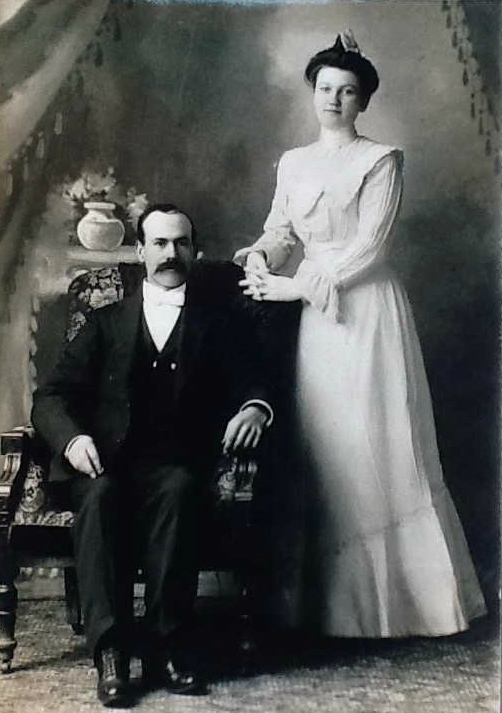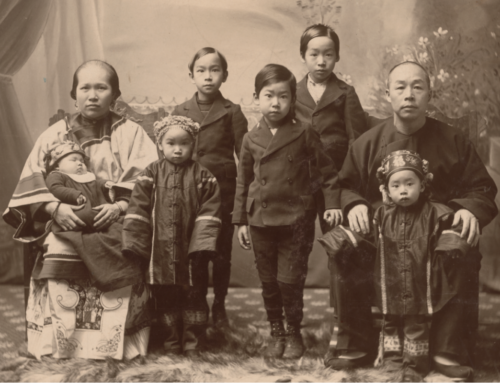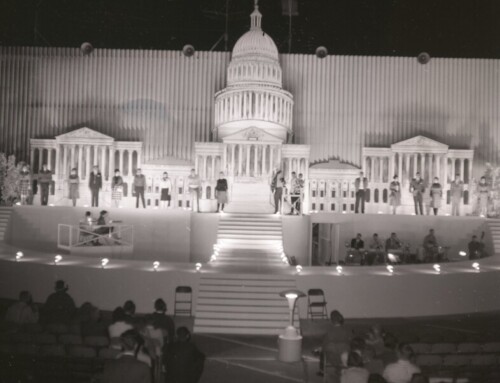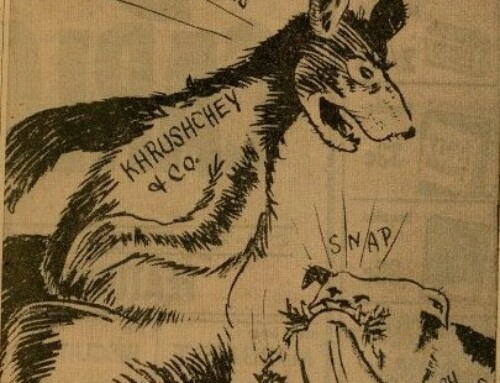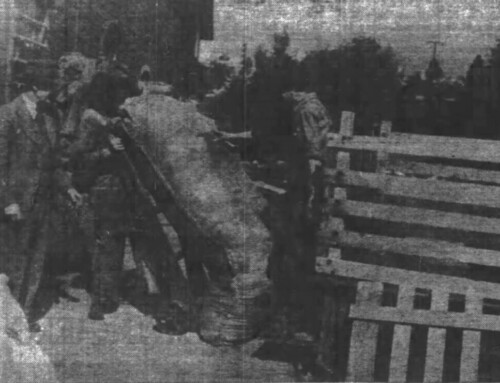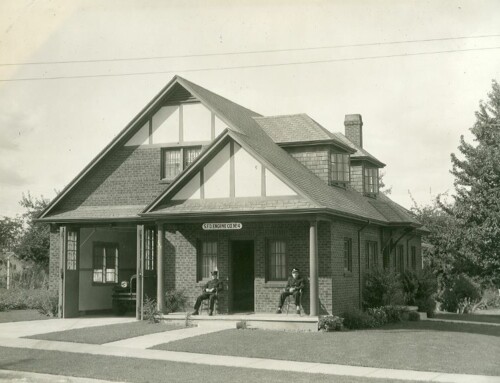The story played out in a brief succession of news articles in 1892. Eyewitness accounts. Ghost siting reported on the Wentz farm about 10 miles south of Salem. Could it be the disturbed remains of a pioneer woman buried some 45 years earlier as the witnesses attested? Or some practical joke played by neighbor farmhands. Either way, it made for a good story.
In the D.M. Morris account, a hired hand working for Mr. Lewis Wentz unknowingly parked his plow over the grave before returning to the farmhouse for his supper. After his meal he returned to the field to clean his plow and turn it over in preparation for work the next day. While engaged in the task, he felt himself “enveloped in a cool, wavy, mysterious, and indescribable sort of vapor” according to the report in the Statesman Journal. Startled, he looked around to find a fair woman standing behind him. He spoke to her, but she did not respond. The cold, scornful face she cast at him frightened him enough that he picked up a fence rail and directed three fierce blows at her. The rail met no resistance whatsoever. Sufficiently alarmed he took off running in the direction of the farmhouse half a mile away. Over plowed ground and stubble he stumbled, pursued closely by the ghost woman. Just as he reached a large pile of boulders that marked the end of the field, she disappeared into nothingness. Out of breath and covered in perspiration he returned to the farmhouse kitchen to tell his tale only to discover that others had encountered her before, including a son-in-law to Mr. Wentz and other neighbor farmers.
Local folklore suggested that the foundation for the story began forty-five years earlier in 1847 when the mortal remains of a pioneer woman was laid to rest in the sod in the middle of the pasture on what was now known as the Lewis Wentz place. As time passed, the pasture was turned into a field and brought under cultivation. At first the grave was plowed around, but after awhile forgotten through long neglect and change of farm hands. Once plowed, grain grew over the dust of the woman who, at her own request, had been buried on the grassy hillside. Current county maps pinpoint the location of the property, now bisected by I-5, southwest of Willamette Valley Vineyards where Cloverdale Rd. splits off of Enchanted Way.
In an effort to investigate the tale, we followed the property trail back to the 1866 land patent filed by William and Ann Johnston. William was a Scotsman employed by the Hudson Bay Company who met and married Ann Potter while stationed at Ft. Hall, Idaho an important trading post for westward immigrants along the Oregon Trail. Ann had initially come west from Illinois with a Mormon wagon train, accompanied by her married sister and brother-in-law. On reaching Salt Lake City, she made her way north to live with friends near Ft. Hall. It was here that she met and married William in 1849. After the birth of their first child, they joined an Oregon bound wagon train and arrived in the Willamette Valley by horseback in 1851. They would go on to have eleven children, six sons and five daughters.
In 1876, when her youngest child was two years old, Ann found herself a widow with a sizable property to manage. She married Civil War veteran, Lewis Wentz in 1877. Mr. Wentz, a German immigrant, was only a year old when his parents brought him to the United States. He served in the Ohio 5th Co. Cavalry, 21st Infantry during the Civil War. At the close of the war, Mr. Wentz lived on the plains until coming to Oregon in 1875. After marrying Ann, and raising her children, the family sold their Salem property in 1893, the year after the eyewitness accounts of the pioneer ghost woman were published in the paper. The family took up residence in Salem for a few years before moving to Benton County in 1895.
Since the Johnston-Wentz family land ownership dates (1866-1893) don’t line up with the purported death of our pioneer woman in 1847, we decided a brief consultation of the Oregon Burial Site Guide book was in order. This book contains a statewide listing of cemeteries down to the details of their township and range coordinates, making it ideal for our search. Unfortunately, there were no cemetery listings that matched the physical description of the Wentz farm.
Perhaps with more time and a few more details we can continue our search in the future but for now, the identity of our ghost woman and her grave will remain a mystery, until in some long forgotten family journal or papers, documentation may shed light on this woman’s name.
This article was written by Kaylyn F. Mabey for the Statesman Journal where it was printed 16 October 2016. It is reproduced here for reference purposes.
References:
- Lewis Wentz, 83, Member of G.A.R., Called by Death”, Albany Evening Herald (Albany, OR) 16 Jan 1922, p. 8
- “Fine Red Hill Farm”, Statesman Journal (Salem, OR) 13 Sep 1892, p. 8
- “Pioneer’s Son Dies in Albany”, Albany Democrat-Herald (Albany, OR) 18 Jan 1958, p. 2
- “A Real Live Ghost Story”, Statesman Journal (Salem, OR) 5 Feb 1892, p. 4
- “That Ghost Story”, Statesman Journal (Salem, OR) 11 Feb 1892, p. 4
- Marion County Pioneers – A Study of the Inhabitants Listed in the 1850 Federal Census of Marion County, OR Vol 1-2, Shirley H. O’Neil, 2009.
- Oregon Burial Site Guide, compiled by Dean H. Byrd, Binford & Mort Publishing, Portland, OR, 2001.
- Bureau of Land Management – General Land Office Records
- Genealogical Material in Oregon Donation Land Claims, Genealogical Forum of Oregon, Inc., 1987.
- U.S. Federal Census Records 1850-1860
- Newspapers.com
- Marion County Marriage Records 1874-1879, Vol. III, Jean Custer & Daraleen Wade
- Marion County Probate Records Vol. 2, H-Q
- State Archives – Early Oregonian Search



